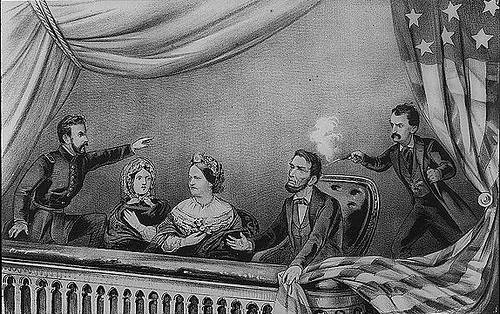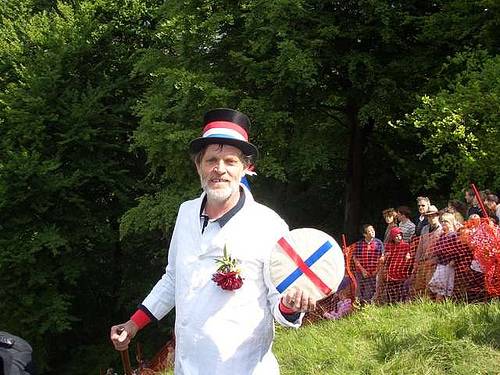
Egypt’s Great Pyramid weighs 5,750,090 tons.

Egypt’s Great Pyramid weighs 5,750,090 tons.
According to his transcript, George P. Burdell has been a student at Georgia Tech since 1927. How? He was invented out of thin air when student Ed Smith received two enrollment forms. With Smith’s help, “Burdell” attended all his friend’s classes and took all the same exams.
For a nonexistent person, Burdell turned out to be pretty ambitious. Smith graduated in 1930, but his invisible friend stuck around, adopted by other students. He eventually earned a master’s degree and became an official alumnus, then flew 12 bombing missions over Europe in World War II. In 1969 he signed up for a whopping 3,000 credit hours at Georgia Tech — and began a 12-year term on MAD magazine’s board of directors. In 2001 he was briefly the leading contender among voters for TIME magazine’s person of the year.
Strangely, after 79 years of school Burdell is still only a sophomore. He’s majoring in civil engineering, according to a recent report card.
In 1956, an expedition to the South Pole found a tin of Edam cheese left behind by Robert Scott’s party 44 years earlier.
It was still edible.

Contents of Lincoln’s pockets on the night of his assassination:
… and a Confederate five-dollar bill.
In October 2003, a couple hiking in the mountains of northern Sweden came upon 70 pairs of shoes, all filled with butter.
No one knows who put them there, or why.

“Twenty young men chase a cheese off a cliff and tumble 200 yards to the bottom, where they are scraped up by paramedics and packed off to hospital.”
That’s a typical description of the Cooper’s Hill Cheese Rolling and Wake, held each May at Cooper’s Hill near Gloucester, England. The participants run downhill after a Double Gloucester cheese, which the winner gets to keep. Theoretically they’re trying to catch the cheese, but it rapidly gets up to 70 mph (knocking over a spectator in 1997) and this rarely happens.
The racers themselves get sprained ankles, broken bones and concussions, and the first-aid services are getting stretched as the race grows in popularity. Last year they ran out of ambulances.
“Nothing is more exhilarating than to be shot at without result.” — Winston Churchill
Winnipeg resident Jim Sulkers lay dead in his apartment for two years before his body was discovered.
Sulkers was estranged from his family, and automated banking processed his disability checks and paid his bills.
When police finally climbed through the window in August 2004, they found his mummified body in the bed, spoiled food in the refrigerator, and a wall calendar that was two years out of date. Everything else was in perfect order.
To show his devotion, St. Simeon Stylites the Elder (c. 388-459) climbed onto a column and stayed there for 36 years.
Julius Caesar wrote, “Men willingly believe what they wish.”
A masochist’s lunch menu:
Mark Twain wrote, “Part of the secret of success in life is to eat what you like and let the food fight it out inside.”